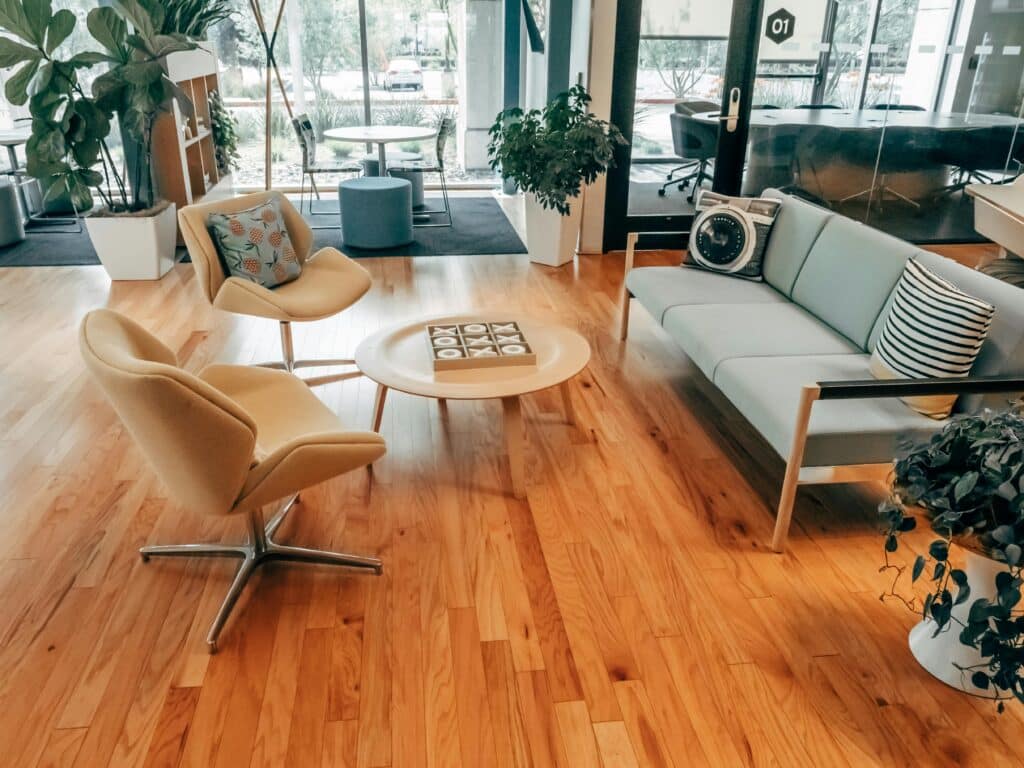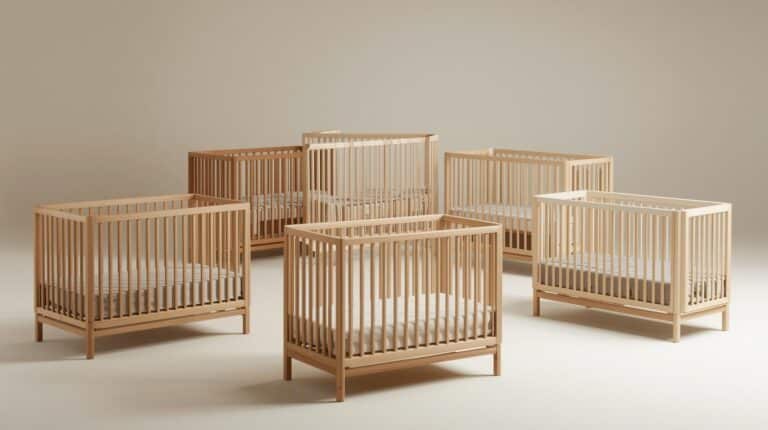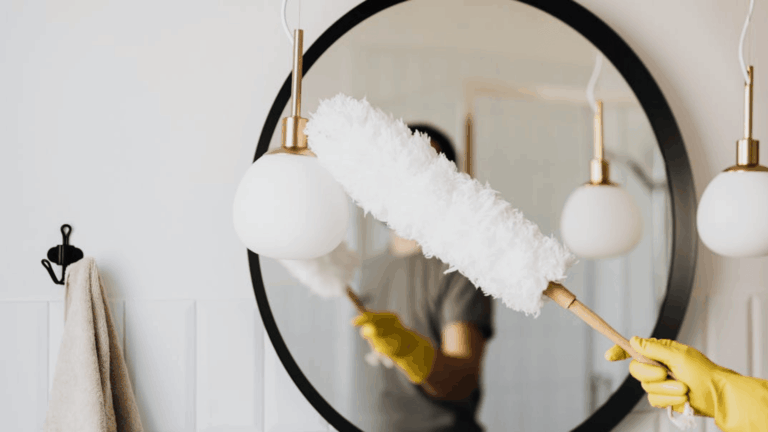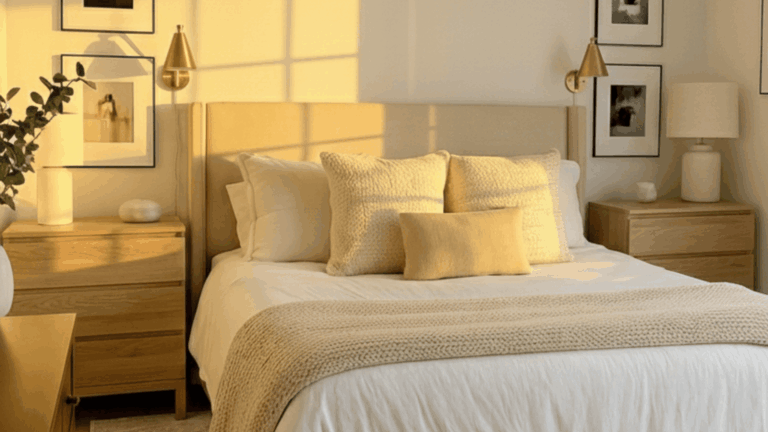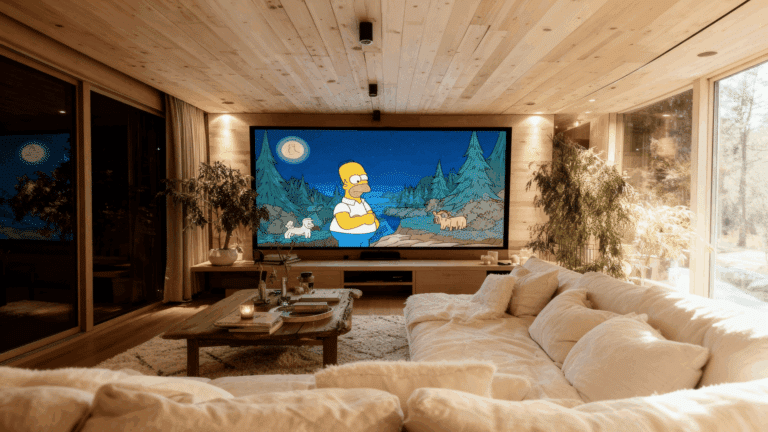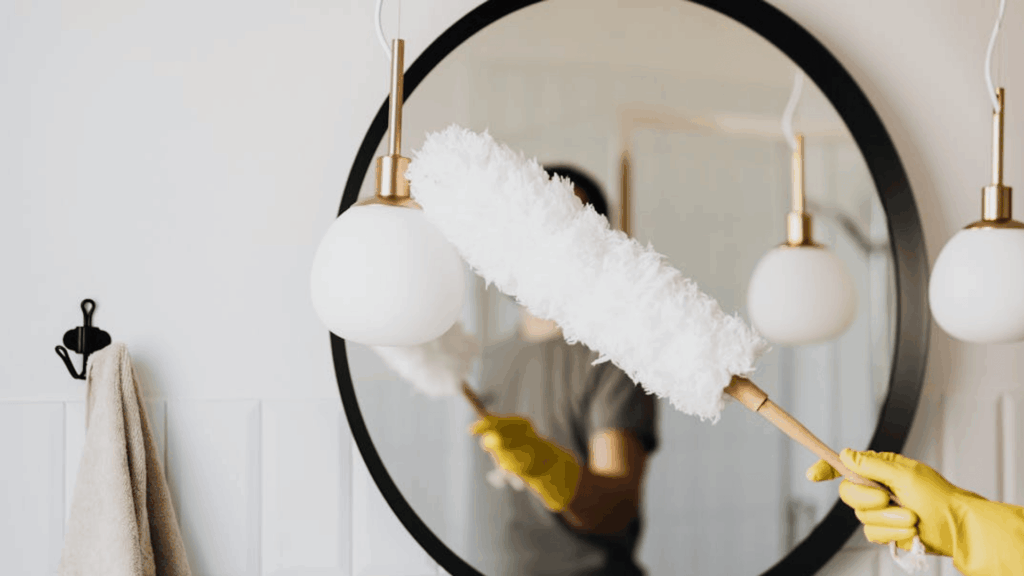Living in a small space doesn’t mean giving up on style. In fact, it opens the door to smarter, more intentional design choices. With the right tips and a little creativity, even the tiniest rooms can feel welcoming, open, and beautifully put together.
It’s not about how much space is available — it’s about what’s done with it. Whether it’s a studio apartment, a compact dining nook, or a cozy city loft, these ideas can completely change the look and feel of any room.
1. Think Vertically, Not Just Horizontally
When there’s not much floor space, look up. Walls offer a ton of storage and design opportunities that people often miss.
Mount shelves above doorways or near the ceiling. Hang floating bookcases, wall lights, and plants. Even placing artwork higher on the wall draws the eyes upward and makes the room feel taller.
You can also try stacking storage units vertically instead of spreading them out. This keeps the floor open and gives you more breathing room. The more space you free up at eye level, the more open the room feels.
2. Embrace Multi-Functional Furniture
In smaller rooms, every piece should serve more than one purpose. The best furniture in small homes works double — or even triple—duty.
Think of a bench that hides storage underneath. Or a fold-down wall desk that becomes a workstation during the day and disappears at night. Ottomans with hidden compartments, nesting tables, and sleeper sofas are all space-savers that don’t compromise on comfort.
If you’re decorating on a budget, this approach also helps you buy fewer pieces overall. It’s a win-win for both space and simplicity.
3. Don’t Underestimate the Power of a Statement Table
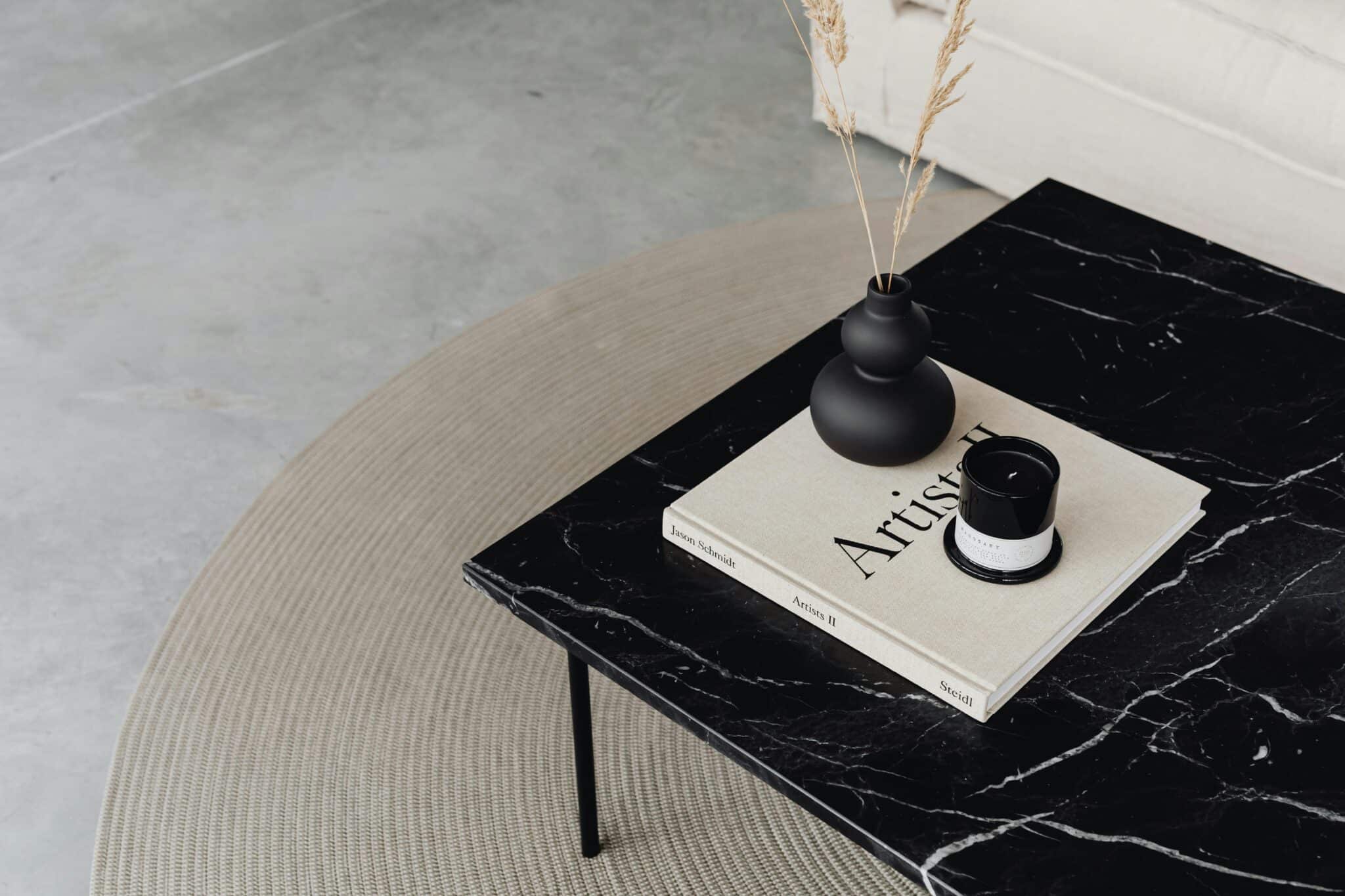
Sometimes, all you need is one bold piece to change the entire room. And that’s where a good table comes in.
Take an epoxy table top, for example. These beautifully made surfaces mix raw, natural wood with modern resin to create one-of-a-kind designs. They’re equal parts furniture and artwork — practical to use but eye-catching enough to anchor a whole space.
In a small home, where there may only be room for a few main pieces, one thoughtful table like this can do a lot. Round or square shapes work especially well since they fit neatly into corners or float effortlessly in the middle of a room without getting in the way.
4. Go Light and Neutral — with Pops of Personality
Color can play tricks on the eye. Lighter shades tend to open up a room, while darker ones pull everything in.
Sticking to soft tones like white, cream, pale grey, or even light taupe on walls and large furniture helps reflect natural light and keeps things feeling airy. But that doesn’t mean your room has to be plain.
Layer in color with accents. Throw pillows, cozy blankets, artwork, or a patterned rug can add energy without making the space feel cluttered. It also lets you switch things up more easily when the seasons — or your mood — change.
5. Add Mirrors: The Designer’s Optical Illusion

Mirrors do more than just show your reflection. They bounce light around, double the feeling of space, and open up darker areas.
Hang a large mirror across from a window to reflect natural sunlight. Or use smaller ones to break up blank walls. Even mirrored furniture, like a side table or cabinet, can keep things looking light and open.
It’s one of the oldest tricks in the design book — because it works.
6. Smart Zoning = Smart Living
Open floor plans and studio apartments need clear zones. Even if there are no physical walls, creating separation helps make a space feel calm and organized.
Rugs are an easy way to do this. Place one under the bed, another under the dining table, and a third in the living area. Different lighting for each zone also helps — like pendant lights in the kitchen and floor lamps by the sofa.
When the brain understands where one space ends and another begins, it feels like you have more room to live, not just exist.
7. Scale It Right
Oversized furniture has its place — but probably not in your 400-square-foot apartment.
Furniture should fit the size of the room, not fight against it. Choose items with thinner arms, lower backs, and slimmer profiles. Compact dining sets, apartment-sized sofas, and beds without heavy headboards can all help you save space without sacrificing style.
When your furniture is scaled to your room, everything flows better. And you’ll have more room to move around — literally and visually.
Conclusion
Great style doesn’t require extra space — just smart choices. By using vertical storage, lighter colors, thoughtful zoning, and a few standout pieces, even the smallest room can feel functional and fresh. A little intention goes a long way in transforming a tight space into one that feels wide open.


